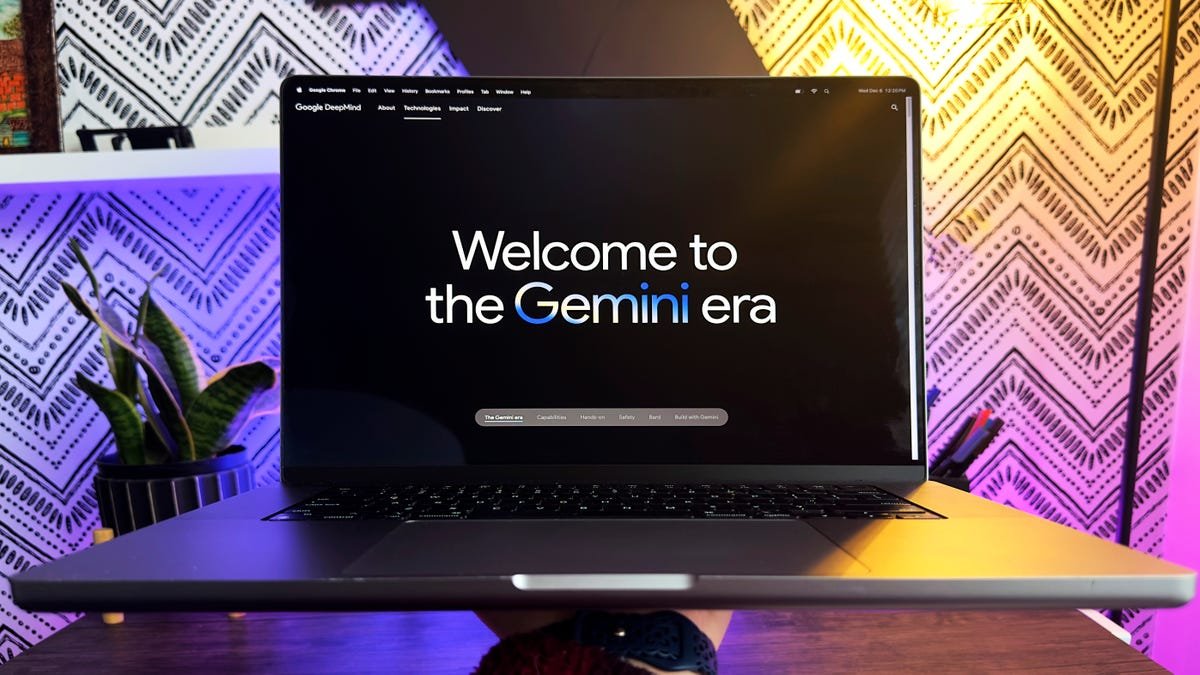The Race Intensifies: MiniMax Joins the Text-to-Video AI Revolution
The competitive landscape for text-to-video AI tools is rapidly evolving, with numerous platforms vying for dominance in this exciting technology space. Recently, Kling AI, a Chinese video generator, made waves with its ability to create stunningly realistic clips that resonated with users worldwide. Now, a new contender has entered the fray: MiniMax. This article will explore what MiniMax brings to the table and how it compares with existing players in the market.
Introducing MiniMax: A Game Changer?
MiniMax has emerged as a new Chinese text-to-video generator and is already capturing attention for its capacity to produce hyper-realistic footage, including lifelike humans and precise hand movements—something many AI tools struggle to achieve consistently. Backed by notable investors like Alibaba and Tencent, MiniMax is positioned for significant growth and innovation as it continues to develop its technology.
Key Features of MiniMax Video-01
The newly launched version, termed Video-01, showcases several standout features that differentiate it from its competitors. Let’s delve into the crucial elements that make MiniMax a noteworthy player in the text-to-video AI market.
1. Unmatched Quality and Performance
One of the primary aspects of MiniMax Video-01 is its exceptional quality. The platform generates videos with a native resolution of 1280 x 720 pixels while delivering content at 25 frames per second. Such specifications ensure viewers receive high-quality clips that maintain clarity and detail. Moreover, the system can produce a diverse array of visual styles, from futuristic cityscapes to CGI animations, providing users with various options to choose from.
2. User-Friendly Interface
MiniMax simplifies the video generation process through a user-friendly interface. Utilizing text prompts, users can easily input their desired description, and the AI will generate a corresponding video. However, it is noteworthy that each video produced lasts a maximum of six seconds, which may limit its usage for those seeking longer content.
3. Future Upgrades and Enhancements
The CEO of MiniMax, Yan Junjie, has hinted at future iterations of the platform which will incorporate enhanced capabilities, including image-to-video conversion and advanced video editing tools. This bodes well for users looking for more comprehensive solutions in their content creation processes.
4. Robust Content Moderation
MiniMax integrates safeguards to prevent the creation of illegal or explicit content, ensuring that the generated videos adhere to acceptable standards. However, it has been noted that it may still produce clips involving influential figures, as indicated by reports from Gadgets 360.
5. Global Accessibility
One of the noteworthy aspects of MiniMax is its global accessibility. It is available for users around the world, including in India. By visiting its official website, users can sign up using their mobile numbers for a free trial. Developers can also access a provided API for further innovation.
How Does MiniMax Stack Up Against Kling AI and Runway Gen-3?
In this competitive arena, MiniMax stands shoulder to shoulder with established AI video generators such as OpenAI’s Sora, Kling AI, and Runway Gen-3. The initial excitement generated by Video-01, which excels in replicating human expressions, positions MiniMax favorably against its rivals.
While Kling AI has made strides in creating realistic clips, MiniMax appears to outperform it in context understanding, resulting in fewer errors when interpreting user prompts. Furthermore, the fact that MiniMax is currently free to use adds a significant incentive for new users to try it.
However, challenges remain. Compared to Kling AI and Runway Gen-3, MiniMax may need to focus on refining delicate elements like hand movements to align with the industry leaders’ capabilities. While it shows promise, it has yet to reach the full potential offered by leading tools.
The Future of Text-to-Video AI Tools
As the battle among AI image generation tools heats up, platforms like Runway Gen-3 and Kling AI remain formidable competitors. Yet, MiniMax Video-01 has garnered positive early reviews, hinting at a bright future filled with potential for growth and advancement. Users and developers alike will be watching closely for exciting upgrades and versions.
Analyzing the Competition: A Closer Look
1. Kling AI: Setting the Standard
Kling AI has set a high standard in the AI video generator space, known for its ability to create visually stunning and realistic videos. Its strength lies in its user-friendly features and a wide range of tools designed for various user needs. While it remains a strong contender, MiniMax’s entry into the market has introduced a competitive edge that may encourage Kling AI to innovate further.
2. Runway Gen-3: An Established Player
Runway Gen-3 is recognized for its comprehensive suite of creative tools, allowing users to seamlessly integrate videos into their projects. However, as MiniMax demonstrates its capability of generating realistic human movements and expressions, Runway may need to enhance its technology to stay relevant.
User Experience and Feedback: The Reception of MiniMax
User feedback plays a critical role in the success of emerging technologies. Initial reactions to MiniMax have been largely positive, particularly praising its quality and ease of use. Users have noted how the hyper-realistic visuals enhance storytelling possibilities, allowing for creative exploration beyond static images.
The Bottom Line: Navigating the AI Landscape
As we stand at the intersection of technology and creativity, the competition among AI video generation tools is set to intensify. With platforms like MiniMax, Kling AI, and Runway Gen-3 leading the charge, the possibilities for captivating narratives and innovative content are boundless. Today’s advancements hint at a promising future for text-to-video AI, with users eagerly anticipating the next developments.
In conclusion, while the landscape for AI video generation grows crowded, MiniMax’s promising start with Video-01 indicates it could carve out a significant niche in this evolving industry. As users look for tools that deliver quality and performance, MiniMax shows that it is not just another player but a potential leader that may redefine the future of text-to-video AI technology. Stay tuned as this exciting race continues to unfold!







